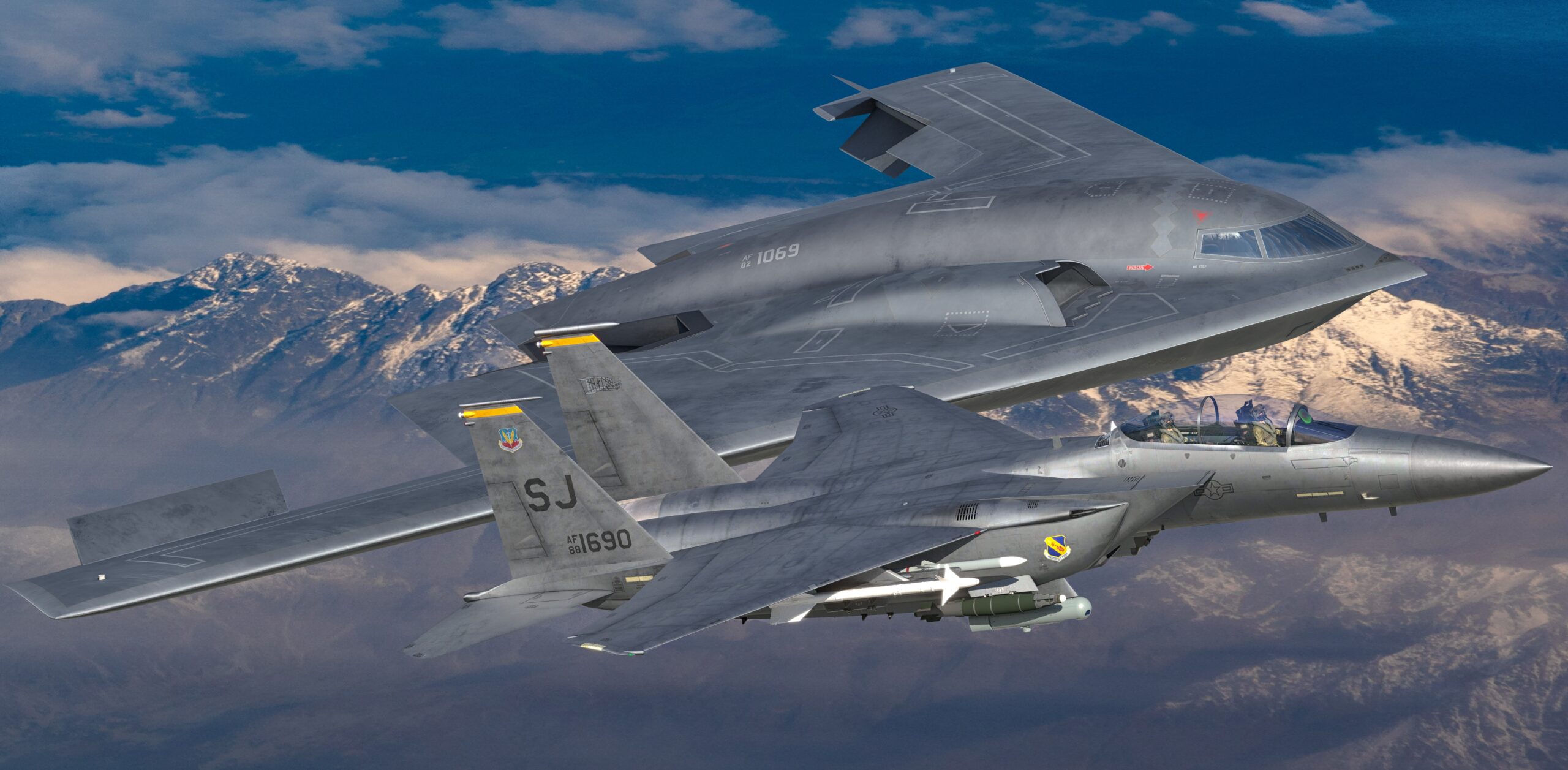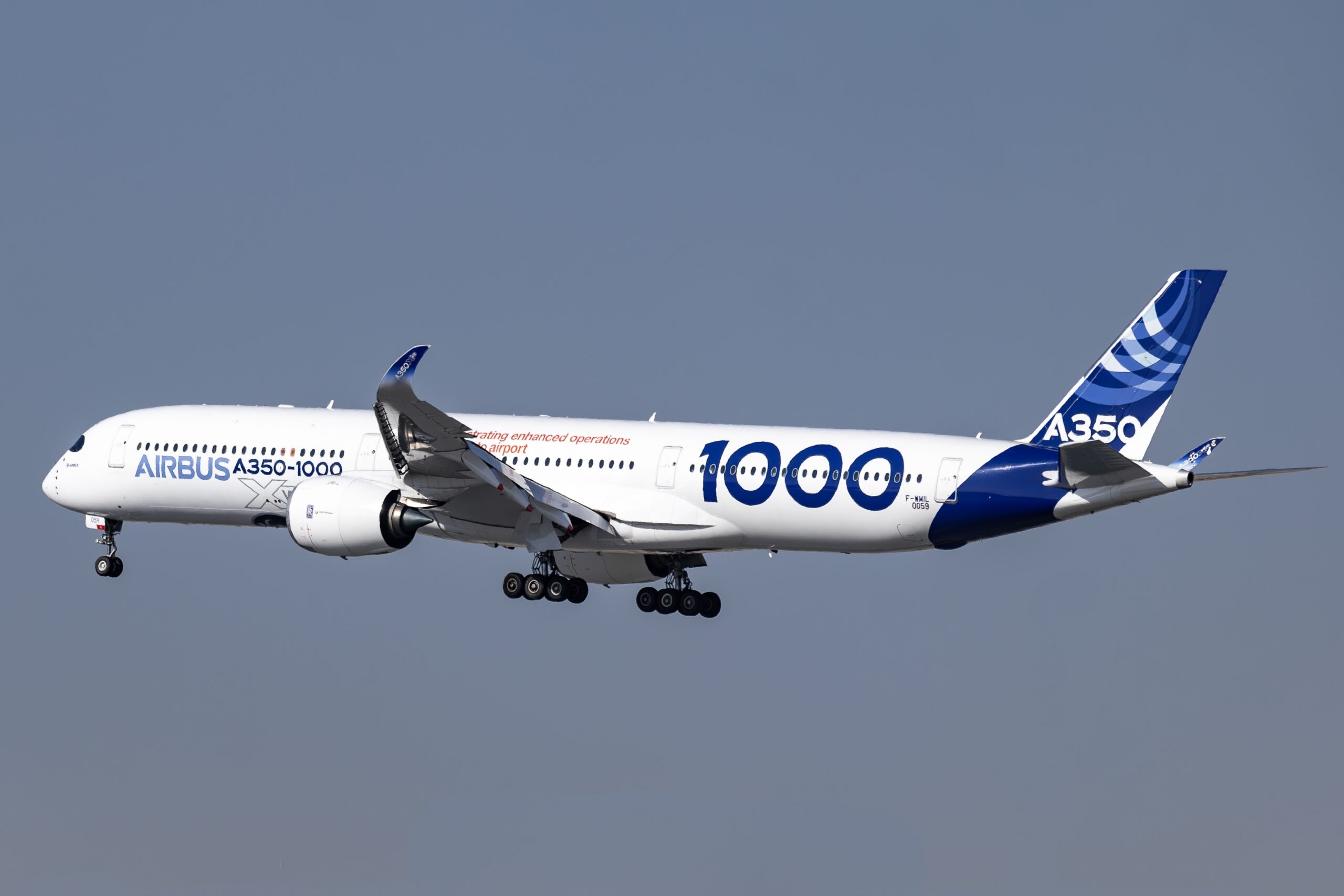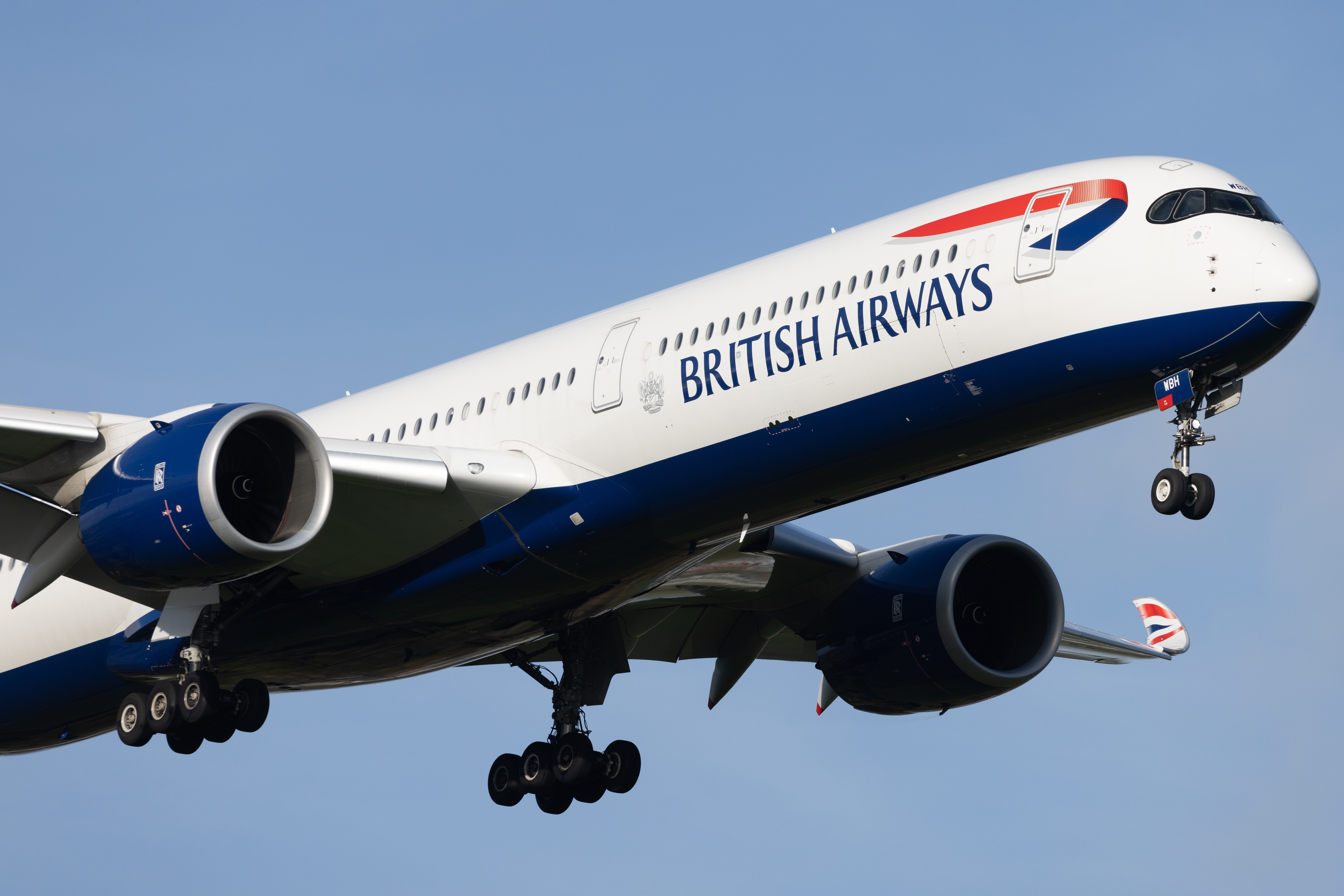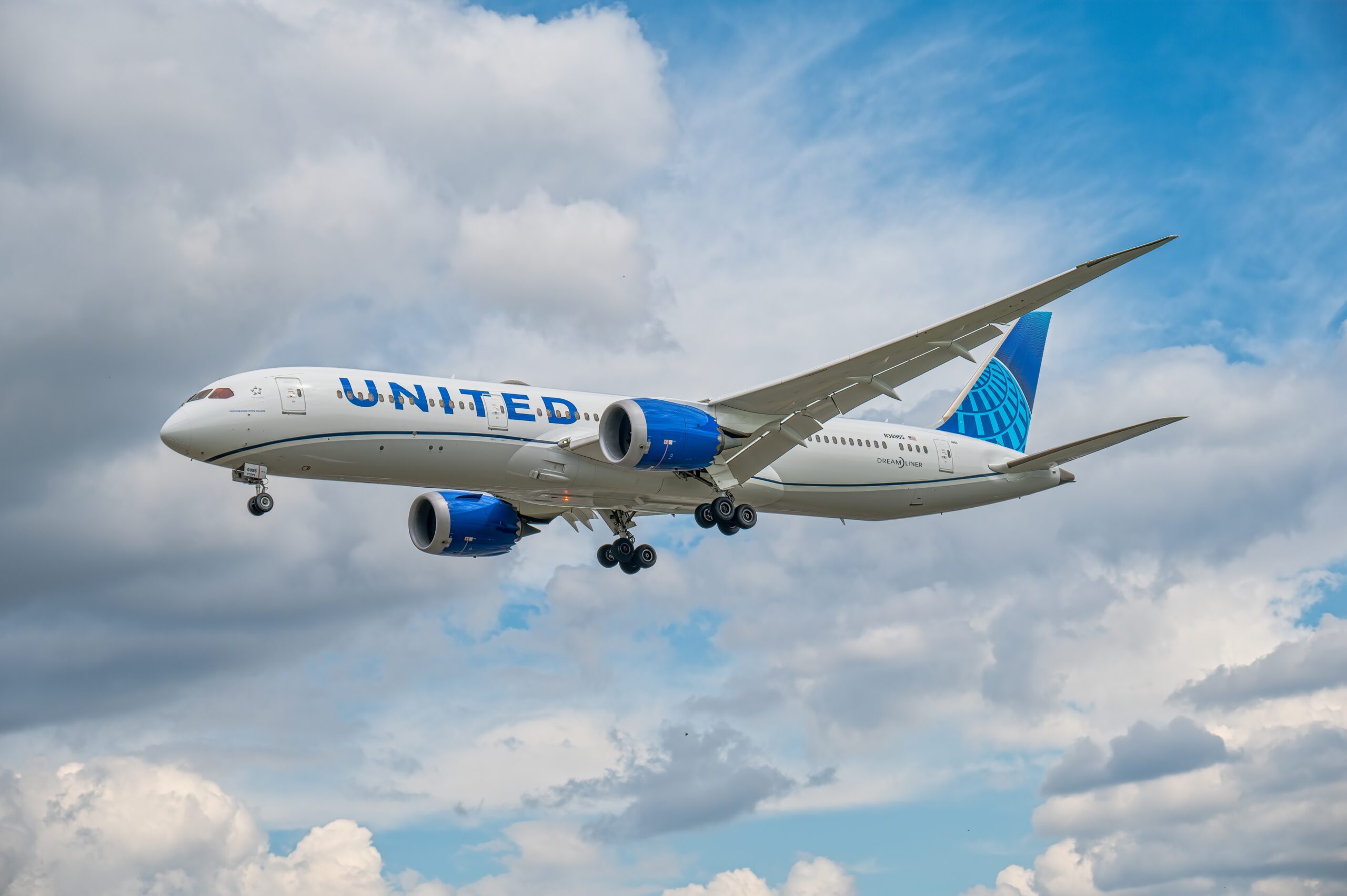How to Fly a Cessna 182
The Cessna 182 is a popular single-engine airplane known for its reliability and performance. Learning to fly this aircraft can be a fulfilling and practical skill for aspiring pilots. This guide will help you understand the basics of piloting a Cessna 182.
Pre-Flight Inspections and Preparations
Before each flight, it’s crucial to perform a thorough pre-flight inspection. Check the aircraft’s exterior and interior components to ensure everything is in working order.
- Exterior Inspection:
- Inspect the fuselage, wings, and control surfaces for any visible damage.
- Ensure that all bolts, screws, and rivets are secure.
- Check the fuel level and quality by draining a small sample from the fuel tanks.
- Inspect the propeller for any nicks or damage.
- Verify that the tires are properly inflated and the brakes are functioning.
- Interior Inspection:
- Check the instrument panel for any signs of issues.
- Verify the functionality of the controls and avionics.
- Ensure the seatbelts and harnesses are in good condition.
- Review the aircraft’s logbook for any recent maintenance items that may affect flight safety.
Completing these checks helps ensure the safety and readiness of the aircraft before takeoff.
Starting the Engine
Once pre-flight checks are complete, it’s time to start the engine. Start by ensuring all switches are in the correct position.
- Engine Start-Up Steps:
- Turn the master switch on.
- Set the fuel selector valve to both tanks.
- Mixture control should be set to rich.
- Throttle should be opened about a quarter of an inch.
- Turn the ignition switch to start the engine. Release the switch once the engine starts.
After starting, monitor the engine instruments to ensure proper operation. Allow the engine to warm up before proceeding.
Taxiing and Preparing for Takeoff
With the engine running smoothly, you can begin taxiing to the runway.
- Use the rudder pedals to steer the aircraft while taxiing.
- Apply brakes gently to control speed.
- Perform a pre-takeoff checklist at the run-up area. This includes checking the flight controls, engine instruments, and avionics.
Takeoff
With the aircraft ready, it’s time to take off.
- Align the aircraft with the centerline of the runway.
- Gradually advance the throttle to full power.
- Monitor airspeed indicators. At 55-60 knots, gently pull back on the yoke to lift off.
- Maintain a steady climb rate. Adjust the trim as necessary.
Ensure you follow air traffic control instructions and any other protocols specific to the airfield you are using.
Climbing and Leveling Off
Maintain a consistent climb rate approximately 70-80 knots to efficiently gain altitude.
- Keep a close eye on engine gauges to avoid overheating.
- Retract the flaps slowly if they were used for takeoff.
- Turn off the landing light once you clear the airport’s vicinity.
Once you reach your cruising altitude, level off the aircraft and adjust the throttle to maintain a consistent airspeed.
Basic Maneuvers
Flying a Cessna 182 involves executing basic maneuvers. Here are a few essential moves:
- Turns: Use the yoke to bank the airplane while simultaneously applying rudder pressure. Monitor the turn coordinator and attitude indicator.
- Climbs: Increase the throttle and gently pitch up the nose. Check the vertical speed indicator and ensure a steady climb rate.
- Descents: Reduce the throttle and gently pitch down. Maintain a controlled descent rate and avoid rapid altitude loss.
- Stalls: Practice recovering from stalls by pitching down to regain airspeed and avoid further loss of control.
Navigating
Navigating a Cessna 182 involves understanding and utilizing various navigation aids.
- Visual Flight Rules (VFR): Use visual references like landmarks and airspace boundaries.
- Radio Navigation: Use VOR (Very High-Frequency Omnidirectional Range) and ADF (Automatic Direction Finder) for precise navigation.
- GPS: Modern Cessna 182s often come equipped with GPS systems, making navigation more straightforward.
Be sure to always have a sectional chart available for reference.
Communicating with ATC
Effective communication with Air Traffic Control (ATC) is essential for flight safety.
- Always use a clear and concise language when speaking with ATC.
- Follow standard phraseology to avoid misunderstandings.
- Listen carefully to instructions and repeat them back to confirm understanding.
Maintain a careful watch for any changes in ATC instructions and comply promptly.
Landing
Landing the Cessna 182 requires precision and practice.
- Begin by reducing power and setting up a descent towards the runway.
- Lower the flaps in stages to slow down the aircraft.
- Maintain a steady descent rate and alignment with the runway’s centerline.
- As you approach the runway, gradually reduce the throttle to idle.
- Flare the aircraft by gently raising the nose just before touching down.
Apply brakes gently and steer with the rudder pedals to bring the aircraft to a safe stop on the runway.
Post-Flight Procedures
After a successful landing, it’s important to follow post-flight procedures.
- Taxi off the runway and follow airport ground procedures to the parking area.
- Shut down the engine by setting the mixture to idle-cutoff.
- Turn off the magnetos and master switch.
- Secure the aircraft by setting the parking brake and installing control locks.
- Complete a post-flight inspection to ensure there was no damage during the flight.
Document the flight details and log any necessary maintenance items in the aircraft’s logbook.
Continuous Learning and Practice
Flying a Cessna 182 successfully requires continual learning and practice.
- Regularly review flight procedures and safety protocols.
- Stay updated with any new regulations or changes in aviation standards.
- Practice various flight scenarios, including emergencies.
Consider flying with an experienced instructor periodically to refine your skills and learn new techniques.
“`






